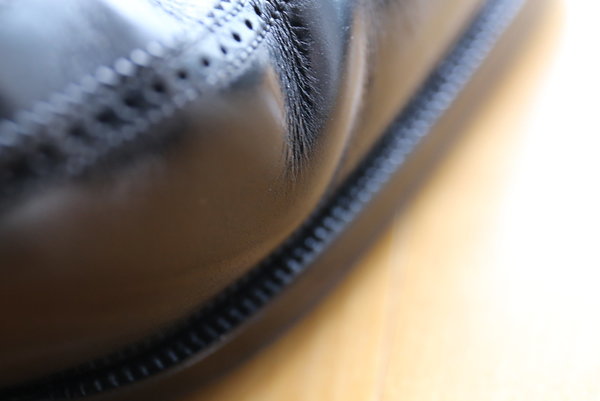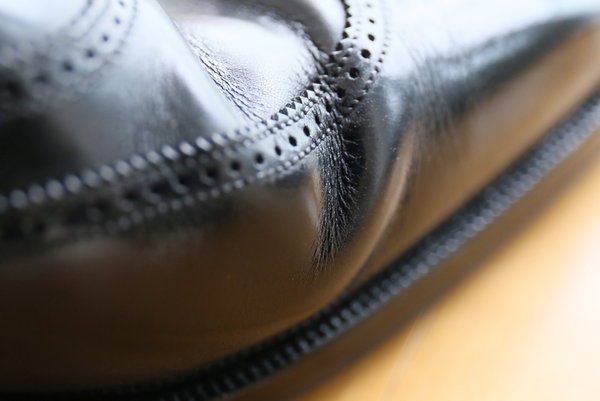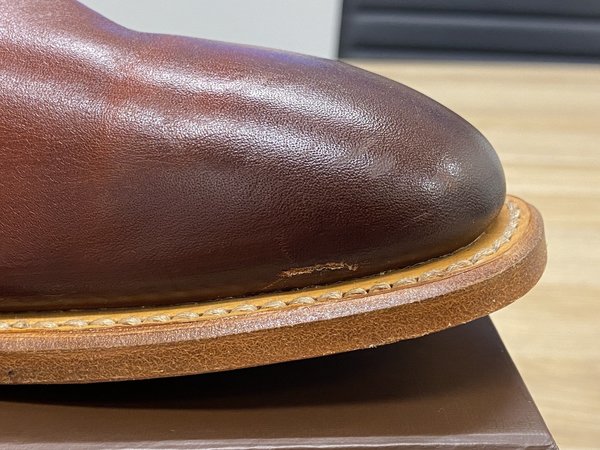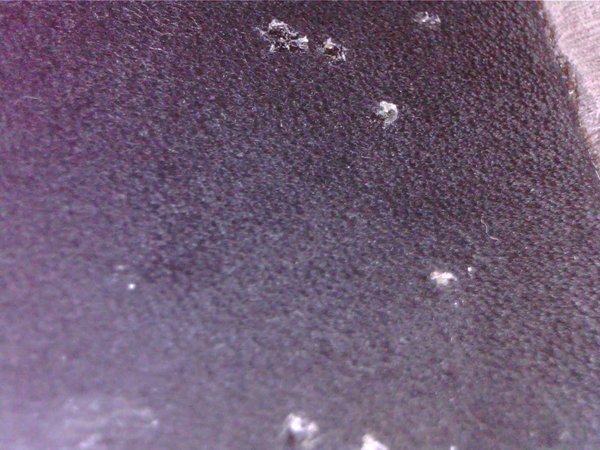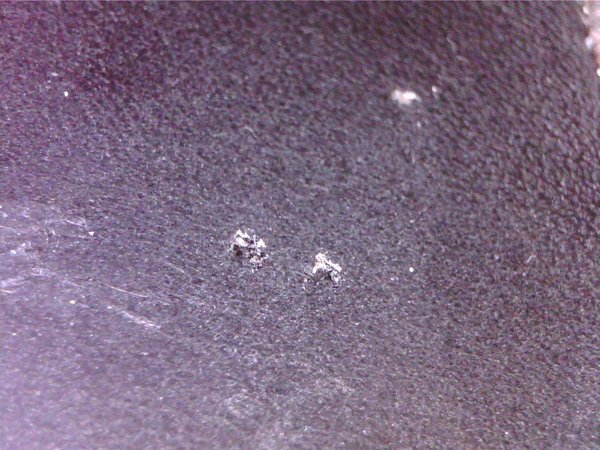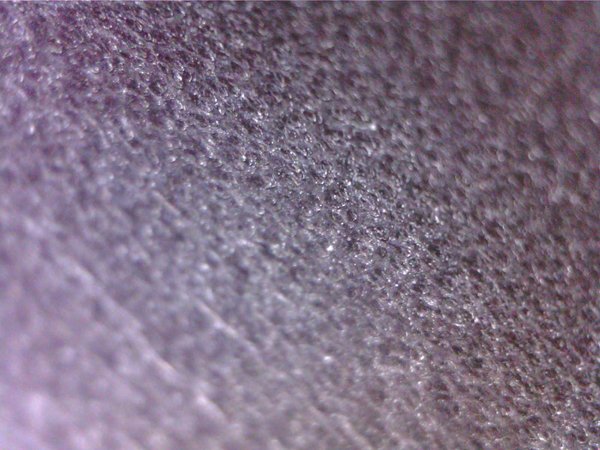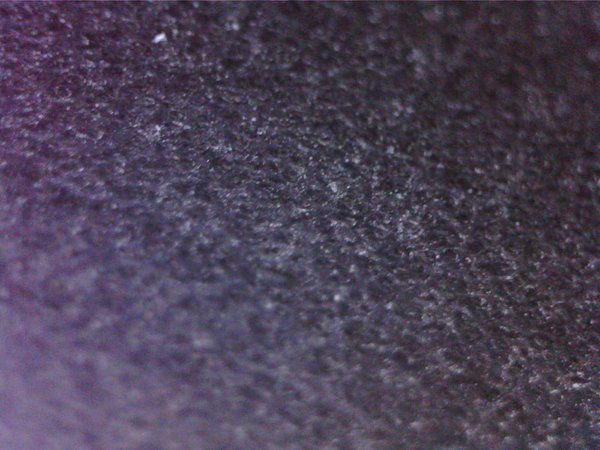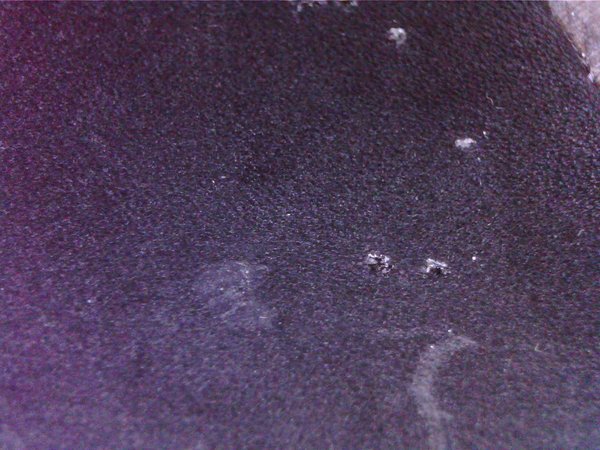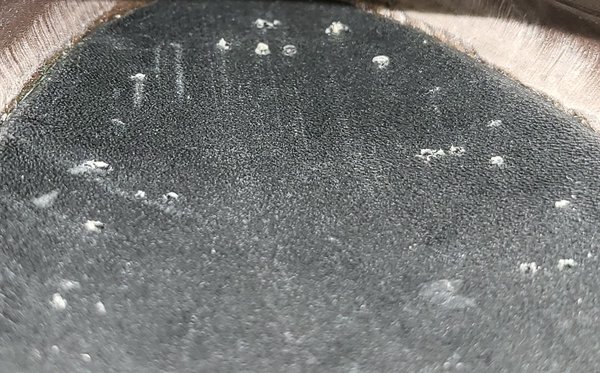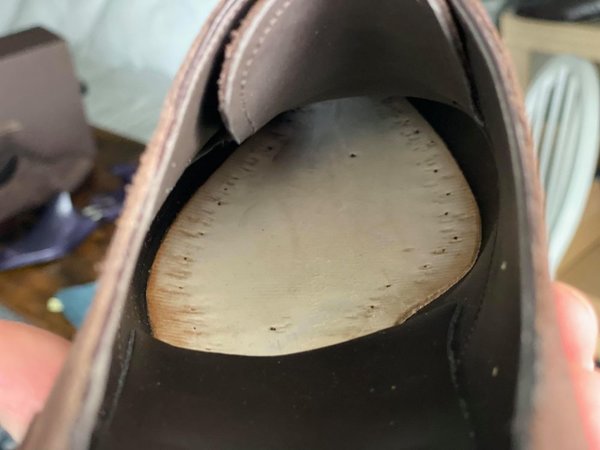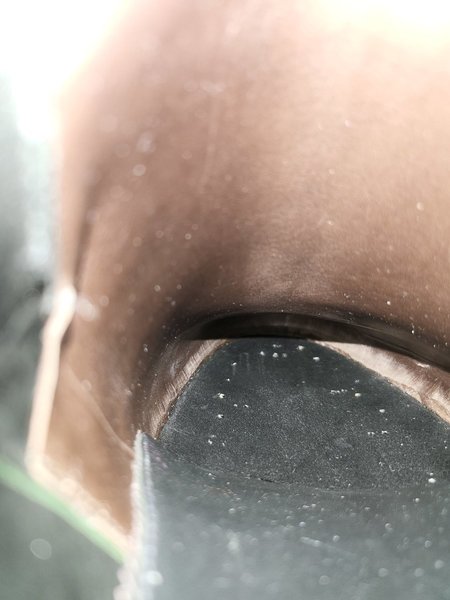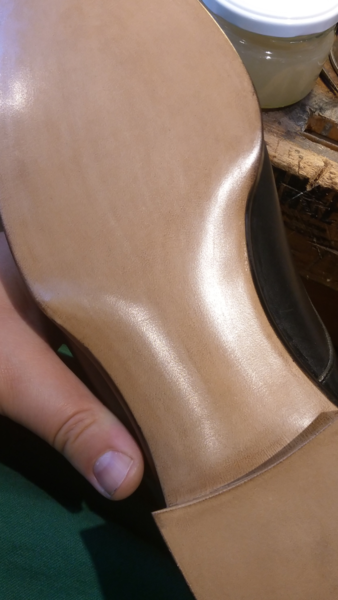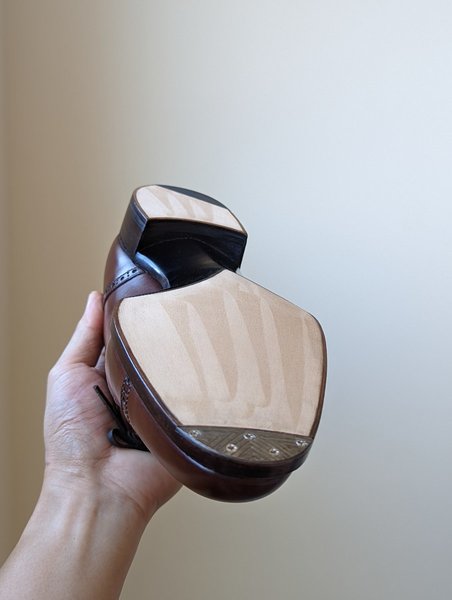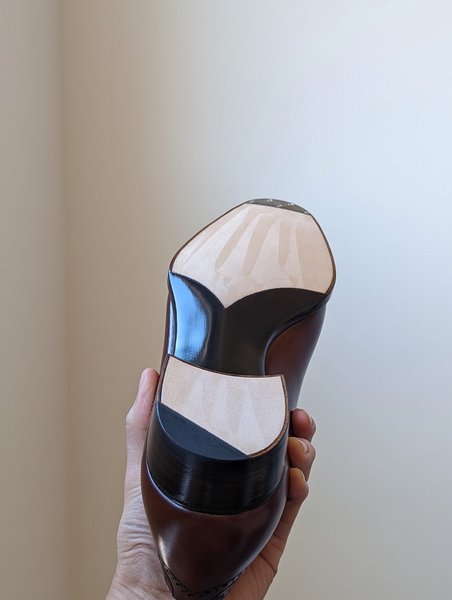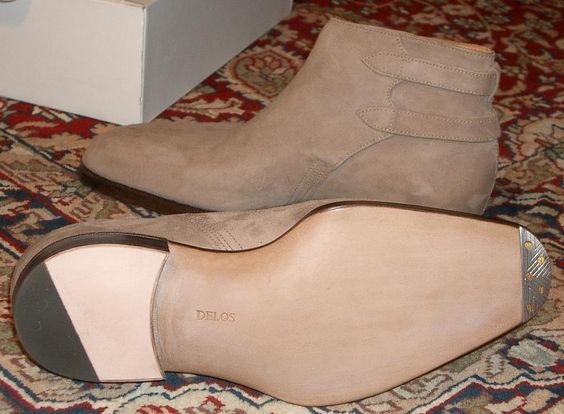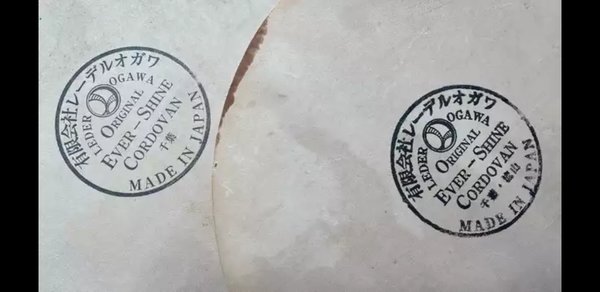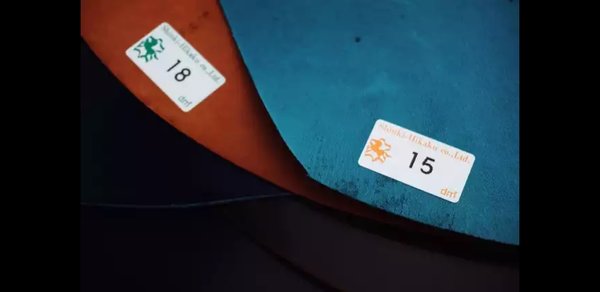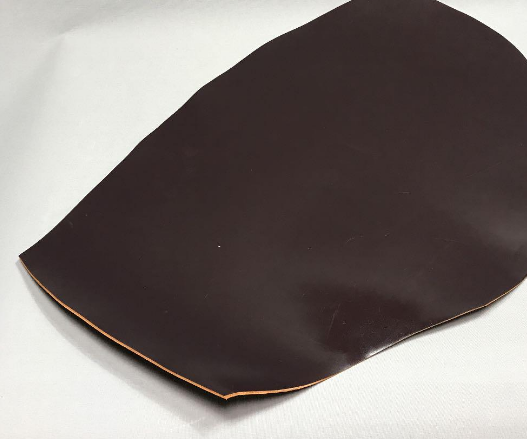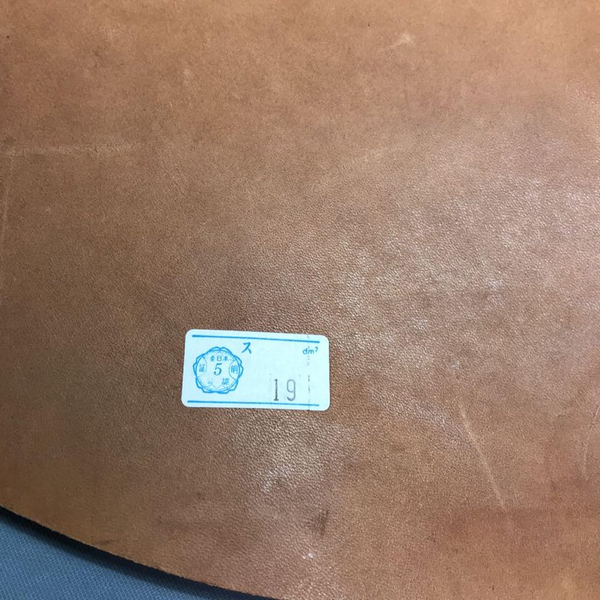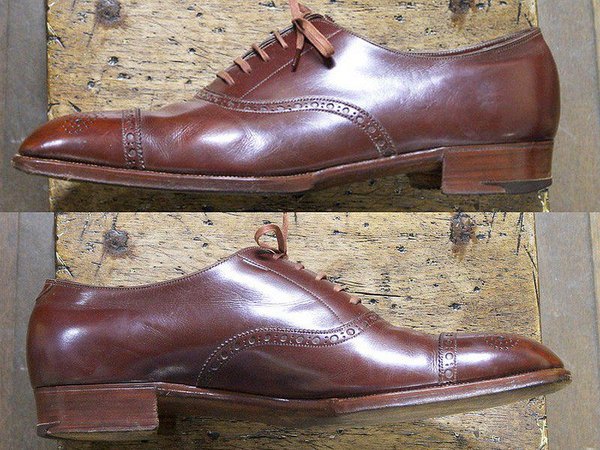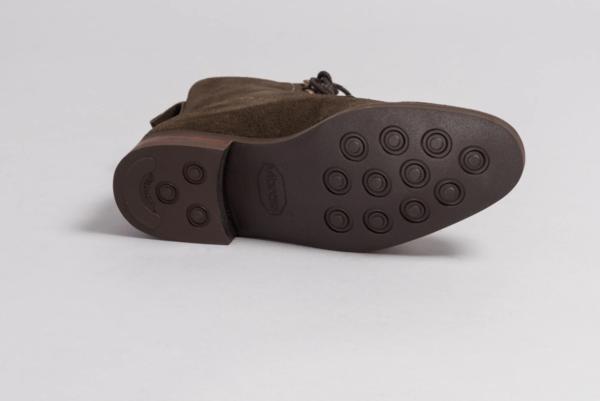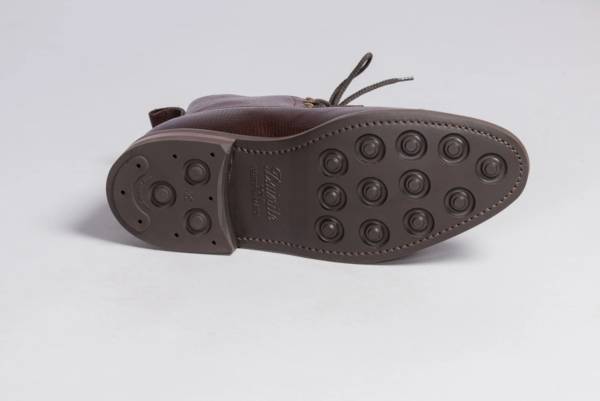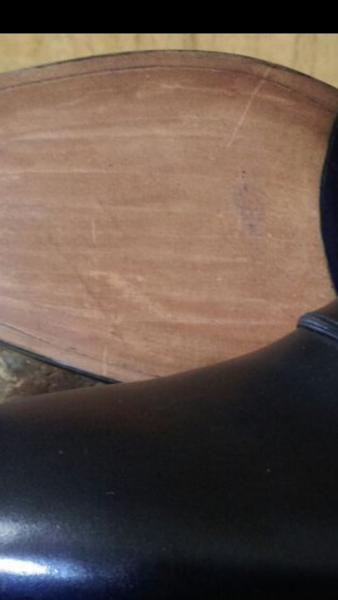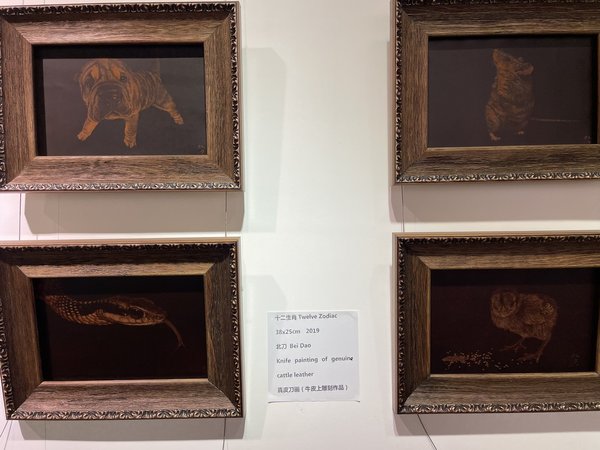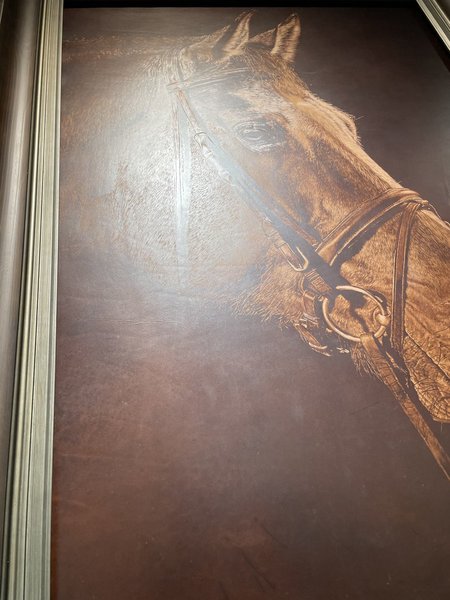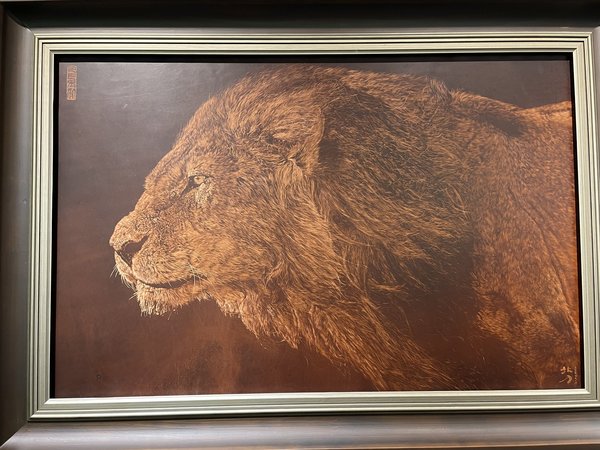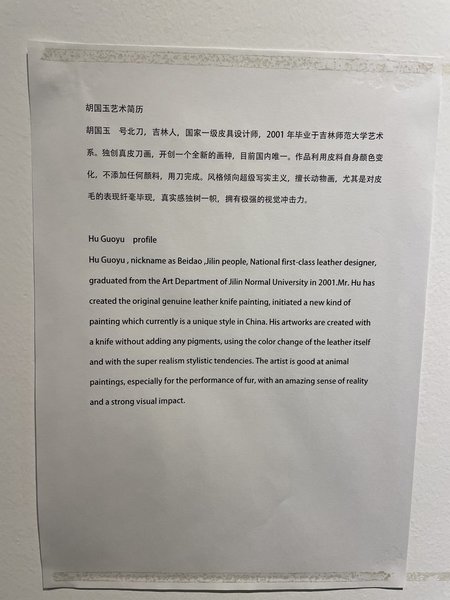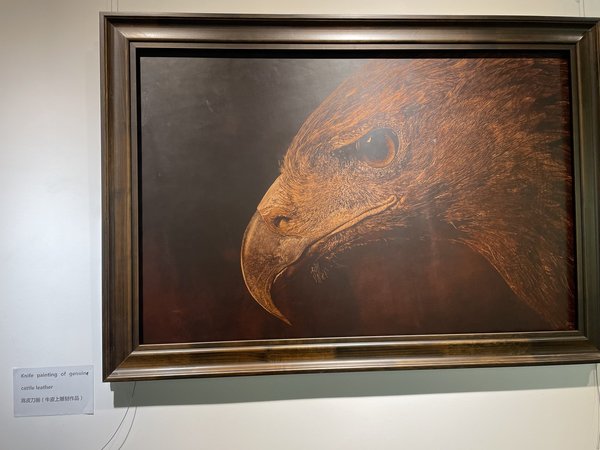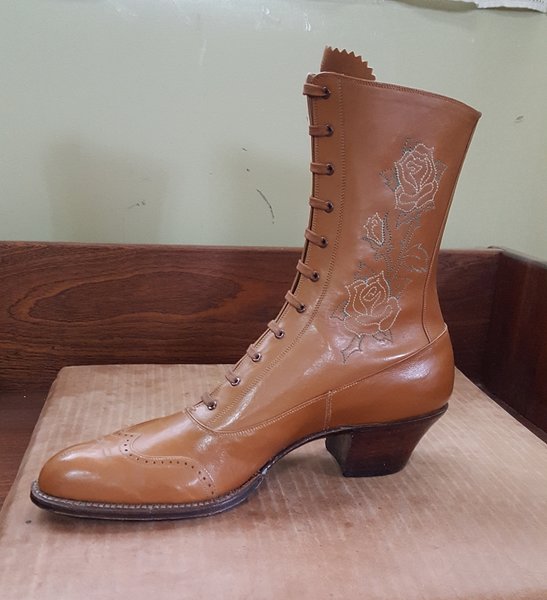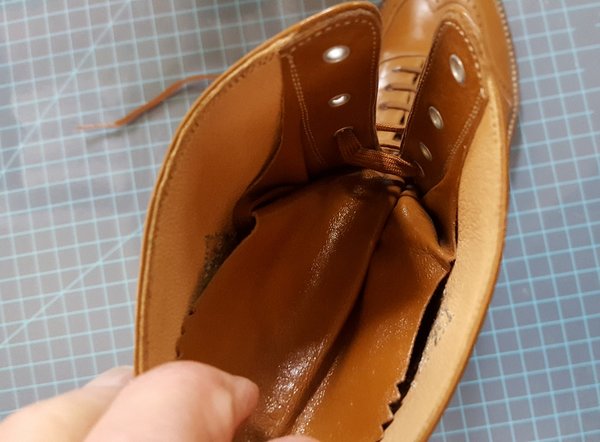@DWFII I read through Jimenez article and he used the term "original goodyear welt" several times. Also, I have seen many other makers use this term "handsewn goodyear". IMO brings confusion and opens the opportunity for factory to abuse this term. What do you make of this? What does Jimenez means by traditional goodyear welting?
I hereby quote several lines of Jimenez:
"First, I’m not against gemming, but it’s important to go back to the traditional definition of Goodyear construction in order to be informed. I’m not speaking of the definition of Goodyear by Wikipedia, but rather from a shoe maker’s dictionary—which describes a method of shoe assembly in which a ribbed welt is stitched directly into the insole.
" When a “cemented synthetic wall” is introduced as an attach-point for the sole—for me, this is not the definition of Goodyear (whether machine or hand-welted)."
"I ask myself why a shoe maker would not stay with traditional Goodyear welting techniques? The answer is that through the practice of gemming, one can save up to four hours of work on a pair of shoes and it is much easier to sew through a strip of fabric surrounding the insole than it is to sew through the leather insole itself. Also, preparing the insole for traditional Goodyear welting does take time, as the leather around perimeter of the insole has to be sculpted down (i.e., ribbed) to prepare for the sewing process and to fit nicely around the perimeter the shoe. In my opinion, this time-savings and ease-of-work are the only reasons a maker would choose the practice of gemming instead of the practice of traditional Goodyear welting.
Many will say that I am playing with words in regard to the definition of Goodyear and what I speak about is strictly “hand welting”. But I disagree because I am among the purists advocating for the nobility of the Goodyear method, and I’m annoyed by these details which goes against the original definition of Goodyear."
I hereby quote several lines of Jimenez:
"First, I’m not against gemming, but it’s important to go back to the traditional definition of Goodyear construction in order to be informed. I’m not speaking of the definition of Goodyear by Wikipedia, but rather from a shoe maker’s dictionary—which describes a method of shoe assembly in which a ribbed welt is stitched directly into the insole.
" When a “cemented synthetic wall” is introduced as an attach-point for the sole—for me, this is not the definition of Goodyear (whether machine or hand-welted)."
"I ask myself why a shoe maker would not stay with traditional Goodyear welting techniques? The answer is that through the practice of gemming, one can save up to four hours of work on a pair of shoes and it is much easier to sew through a strip of fabric surrounding the insole than it is to sew through the leather insole itself. Also, preparing the insole for traditional Goodyear welting does take time, as the leather around perimeter of the insole has to be sculpted down (i.e., ribbed) to prepare for the sewing process and to fit nicely around the perimeter the shoe. In my opinion, this time-savings and ease-of-work are the only reasons a maker would choose the practice of gemming instead of the practice of traditional Goodyear welting.
Many will say that I am playing with words in regard to the definition of Goodyear and what I speak about is strictly “hand welting”. But I disagree because I am among the purists advocating for the nobility of the Goodyear method, and I’m annoyed by these details which goes against the original definition of Goodyear."


